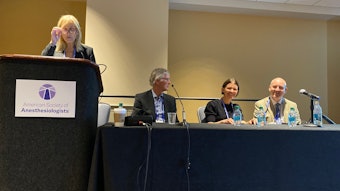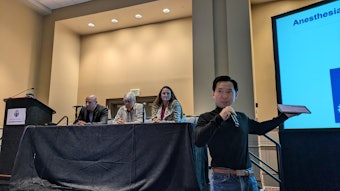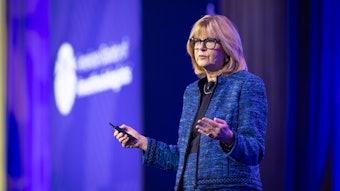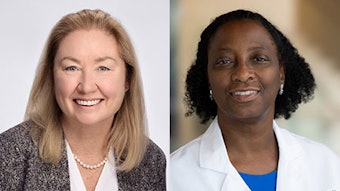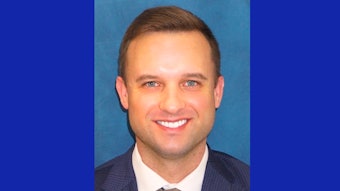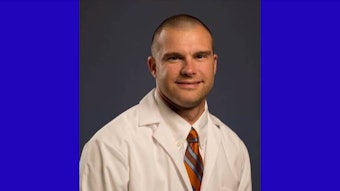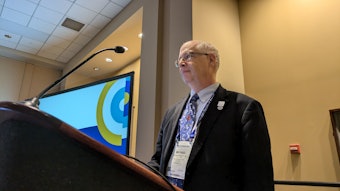Hocus PoCUS
Could point-of-care ultrasound make the stethoscope disappear?
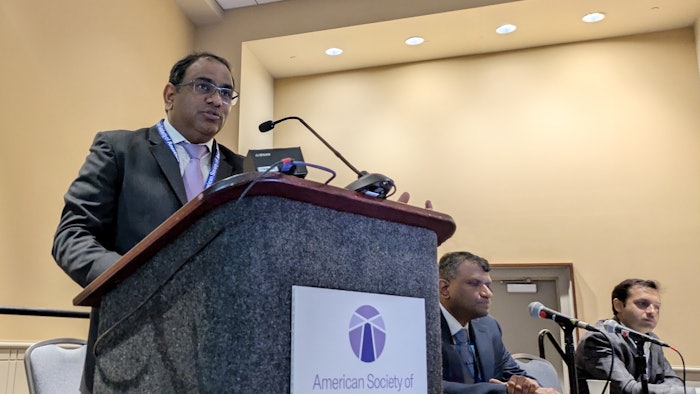
The role of point-of-care ultrasound (PoCUS) in the perioperative setting is constantly evolving – to the point where the question of whether or not it could replace the stethoscope is worth considering.
The answer is complicated.
Speaking at a 2024 Snap Talk, “PoCUS Today: Is it Time to Sunset the Stethoscope?” Jonathan Paul, DO, Assistant Professor of Anesthesiology at Columbia University Irving Medical Center in New York City, said that for him the answer is no. Despite that, there are good uses for PoCUS in cases of cardiac arrest.
“It’s possible that PoCUS’s value might not be in predicting who is going to survive an arrest, but in predicting who is unlikely to survive an arrest,” he said.
While several societies in the U.S. and abroad do advocate for the use of PoCUS during cardiac arrest, Dr. Paul said more data are needed to prove its efficacy and usefulness in these scenarios.
“Point-of-care ultrasound has wonderful potential in terms of identifying the rhythm that the patient is experiencing, cluing us into a potential pseudo-PEA [pulseless electrical activity], and hopefully identifying some of the reversible causes of an arrest,” he said. “But the ASA guidelines emphasize that we don’t have enough high-quality data to say for sure that the application of PoCUS during an arrest improves outcomes.”
Kathirvel Subramaniam, MD, MPH, FASE, Chief of the Cardiothoracic Anesthesiology Division in the University of Pittsburgh School of Medicine’s Department of Anesthesiology and Perioperative Medicine, said that whether it replaces the stethoscope or not, all anesthesiologists should have at least a basic knowledge of PoCUS and how it is used.
“All anesthesiologists everywhere should practice basic PoCUS,” he said. “These images should be saved so that other experts can look at them in the future. You put in your notes, you improve your basic ultrasound, and look at what you found. That is basic TTE (transthoracic echocardiogram).”
Another area where PoCUS can be useful is in gastric imaging. Sree Kolli, MD, Clinical Professor of Anesthesiology at the Cleveland Clinic in Ohio, said that one of the main indications for using gastric PoCUS is when the patient has an unclear history of fasting prior to a procedure.
“Other than your mom or grandmom, it’s only us who are interested in whether the patient has had something to eat,” he said. “But for different reasons, of course.”
He cautioned, however, that gastric PoCUS is not a magic solution to dealing with these problems.
“It’s not a holy grail,” he said. “Not every time will you be able to get a great picture, and there are always limitations to this modality.”
Despite those limitations, Dr. Kolli said there is a growing interest in gastric PoCUS, particularly due to the rise in prescriptions for GLP-1 receptor agonists found in type 2 diabetes and weight loss drugs like Ozempic. The problem with those medications is that there is not yet a consensus on how long patients who are using them should be fasting.
“It’s just the prescription trends over the last three years – if you look at them – they are just going up,” he said. “How long should patients on GLP-1s fast? I don’t think anybody knows, really. There’s no real data.”
Regardless of the limitations, Dr. Kolli said gastric PoCUS is still well worth learning.
“Gastric PoCUS is easy to learn and there’s been a study that shows that all you need is 35 scans with training to get your legal certification,” he said. “It’s definitely a useful tool.”
